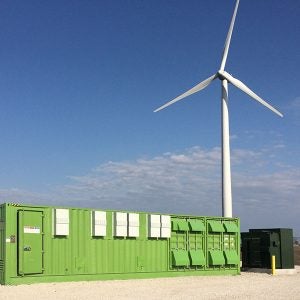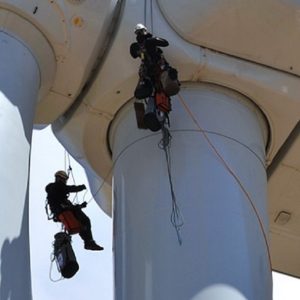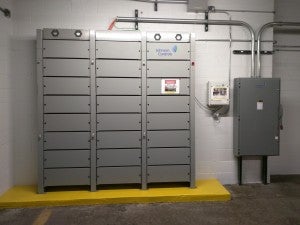 North Carolina recently took another key step in its push for a clean energy future with the publication of a long-awaited study on the opportunities, challenges and value of energy storage for the state. The report, which was mandated under the 2017 Competitive Energy Solutions Act (House Bill 589), is the culmination of a year-long research effort led by a multidisciplinary team of researchers from North Carolina State University in partnership with the North Carolina Policy Collaboratory.
North Carolina recently took another key step in its push for a clean energy future with the publication of a long-awaited study on the opportunities, challenges and value of energy storage for the state. The report, which was mandated under the 2017 Competitive Energy Solutions Act (House Bill 589), is the culmination of a year-long research effort led by a multidisciplinary team of researchers from North Carolina State University in partnership with the North Carolina Policy Collaboratory.
The report finds that North Carolina is at a critical juncture in its clean energy future, with energy storage poised to play a key role. However, in order to develop market opportunities for storage and ensure its full benefits are realized, policymakers must take key steps to wisely accelerate the adoption of energy storage in North Carolina.














